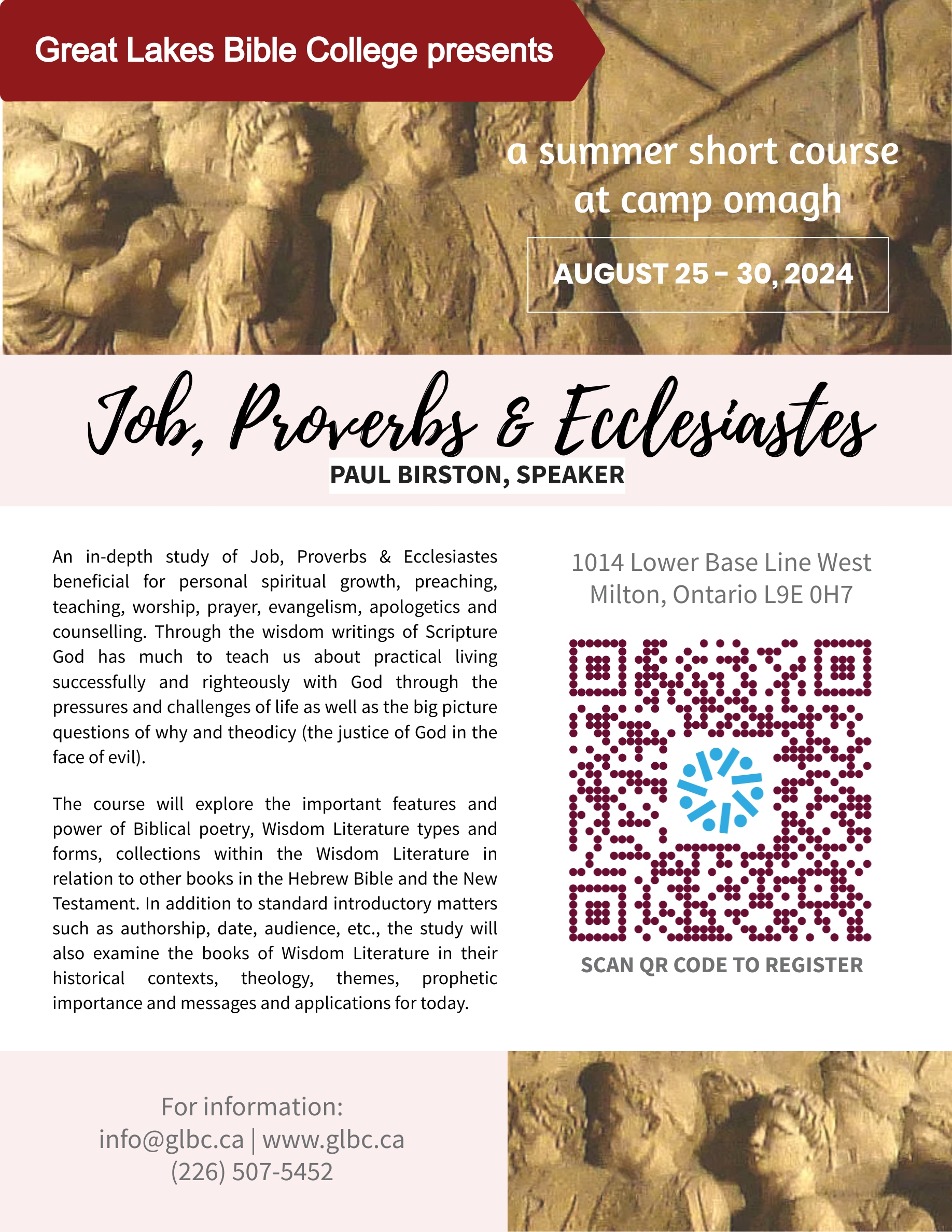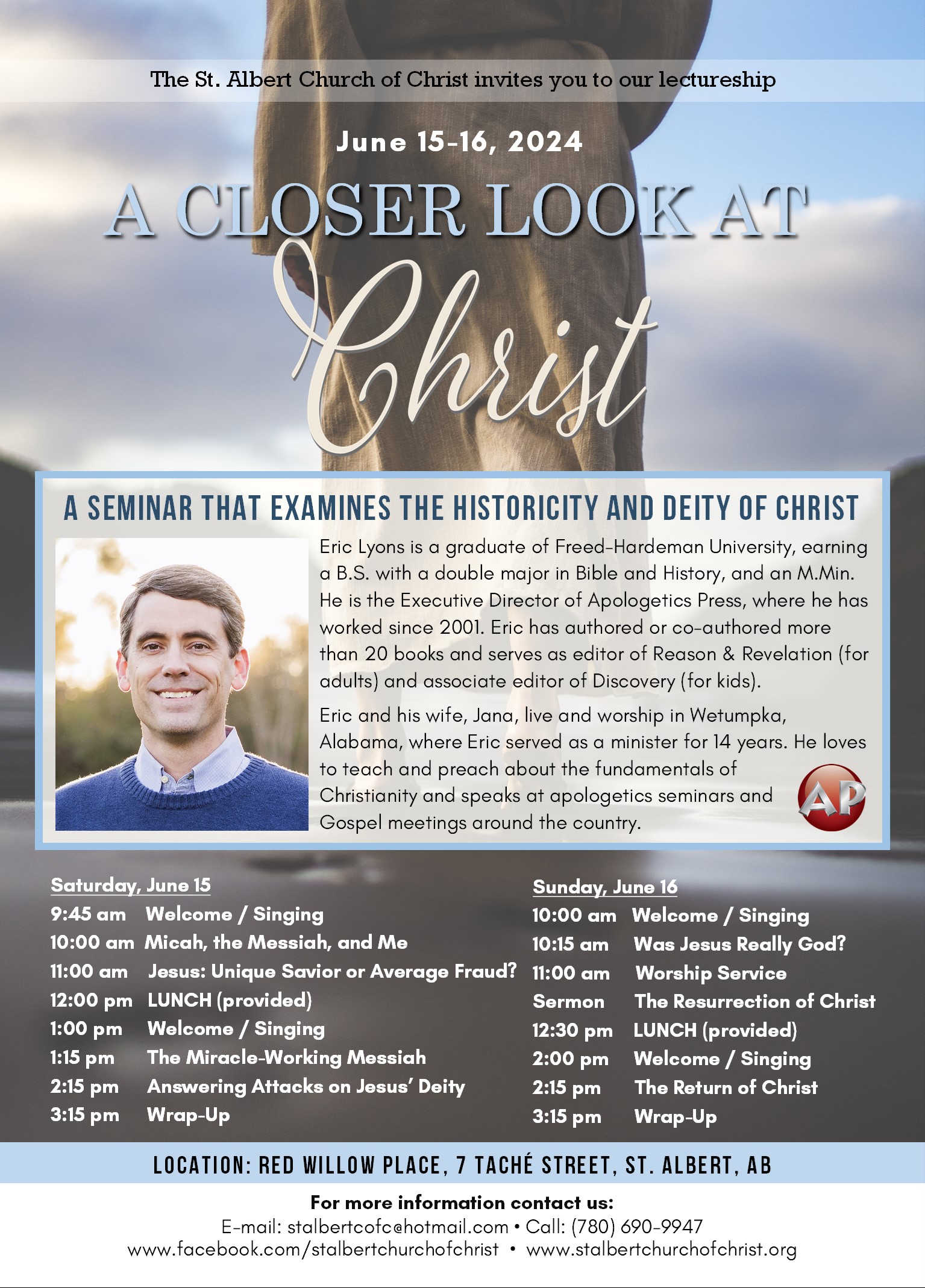2nd Thess 2:1-9
Christians long for the return of Christ. When our oldest daughter was about seven, she said one night when I was putting her to bed: “Wouldn’t it be nice if Jesus came right now! Then our whole family could go to heaven together!”
Some in Thessalonica thought that Jesus would return immediately.













Paul dealt with this misunderstanding in his second letter: “Now, brethren, concerning the coming of our Lord Jesus Christ and our gathering together to Him, we ask you, not to be soon shaken in mind or troubled, either by spirit or by word or by letter, as if from us, as though the day of Christ had come” (2 Thessalonians 2:1, 2).
Paul explains that an apostasy (a “falling away”) among Christians would occur before Christ’s return: “Let no one deceive you by any means; for that Day will not come unless the falling away comes first, and the man of sin is revealed, the son of perdition, who opposes and exalts himself above all that is called God or that is worshiped, so that he sits as God in the temple of God, showing himself that he is God” (2 Thessalonians 2:3, 4).
Paul’s letters to the Thessalonians are among the earliest writings of the New Testament, written about 53 AD, only twenty years after the ascension of Christ.
Jesus foretold that an apostasy would occur among His followers: “Then many false prophets will rise up and deceive many” (Matthew 24:11). “For false christs and false prophets will rise and show great signs and wonders to deceive, if possible, even the elect” (Matthew 24:24 // Mark 13:22).
In 53 AD when Paul wrote to the Thessalonians, this falling away had not yet occurred. He explains that Christ would not return before these prophecies had been fulfilled.
Paul reminds them that he had already taught them this: “Do you not remember that when I was still with you I told you these things?” (2 Thessalonians 2:5). Paul gave a similar warning to the Ephesian elders: “For I know this, that after my departure savage wolves will come in among you, not sparing the flock. Also from among yourselves men will rise up, speaking perverse things, to draw away the disciples after themselves” (Acts 20:29, 30).
Paul explains further that the church was being protected for the time being: “And now you know what is restraining, that he may be revealed in his own time. For the mystery of lawlessness is already at work; only He who now restrains will do so until He is taken out of the way” (2 Thessalonians 2:6, 7). The original recipients of this letter had background information we do not have, which enabled them to understand Paul’s words here better than we can.
Paul personifies the perpetrator of this apostasy as “the lawless one” who comes “according to the working of Satan” (see verses 8–10). This reminds us of what Jesus said about the judgment: “Many will say to Me in that day, ‘Lord, Lord, have we not prophesied in Your name, cast out demons in Your name, and done many wonders in Your name?’ And then I will declare to them, ‘I never knew you; depart from Me, you who practice lawlessness!’” (Matthew 7:22, 23).
Now we move forward forty years to the time when John penned his Gospel, his letters and Revelation. It is generally believed that 1 John was written between 90 and 95 AD.
Forty years after Paul wrote to the Thessalonians, John says the apostasy had already occurred and Christ could come at any moment: “Little children, it is the last hour; and as you have heard that the Antichrist is coming, even now many antichrists have come, by which we know that it is the last hour” (1 John 2:18).
John describes “the lawless one” we read about in 2 Thessalonians as “the antichrist”. He clarifies in 2 John that the antichrist is not one individual but represents the “many deceivers” who have gone forth into he world: “For many deceivers have gone out into the world, those who do not acknowledge Jesus Christ as coming in the flesh. This is the deceiver and the antichrist” (2 John 7 NASB).
Some translations change “the deceiver and the antichrist” to “a deceiver and an antichrist” but in Greek it is οὗτός ἐστιν ὁ πλάνος καὶ ὁ ἀντίχριστος (This is the deceiver and the antichrist.) Thus “the antichrist” is a personification of the many deceivers who have gone out into the world.
When John wrote his first letter, the apostasy had occurred. Since then, it is the last hour! Christ can come at any moment!
“Come Lord Jesus!” (Revelation 22:20). Amen.
Herselt, Belgium

